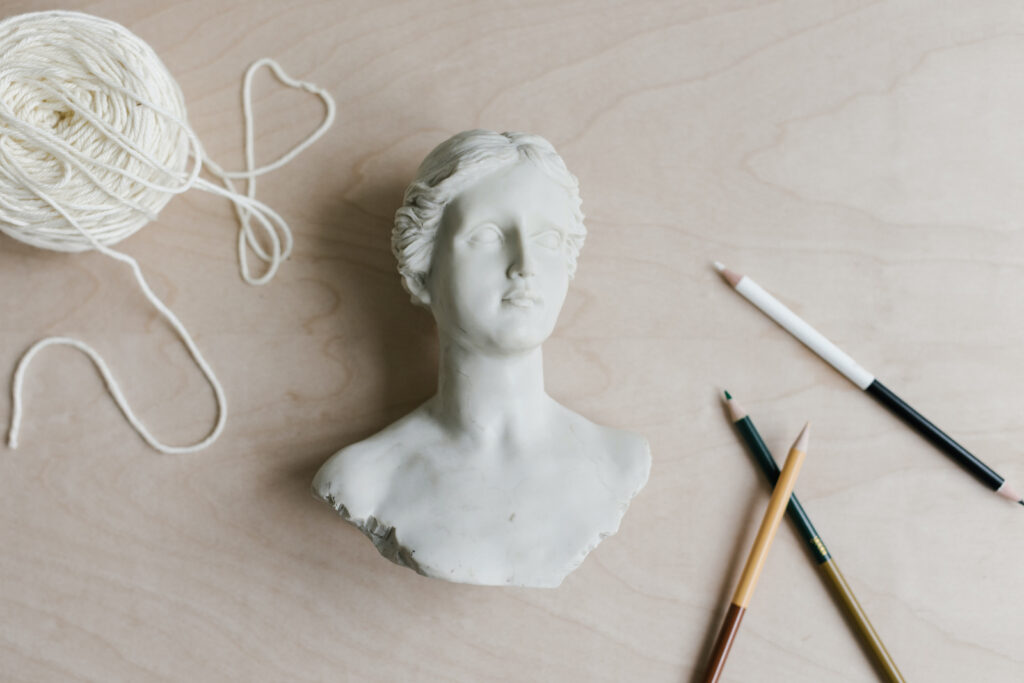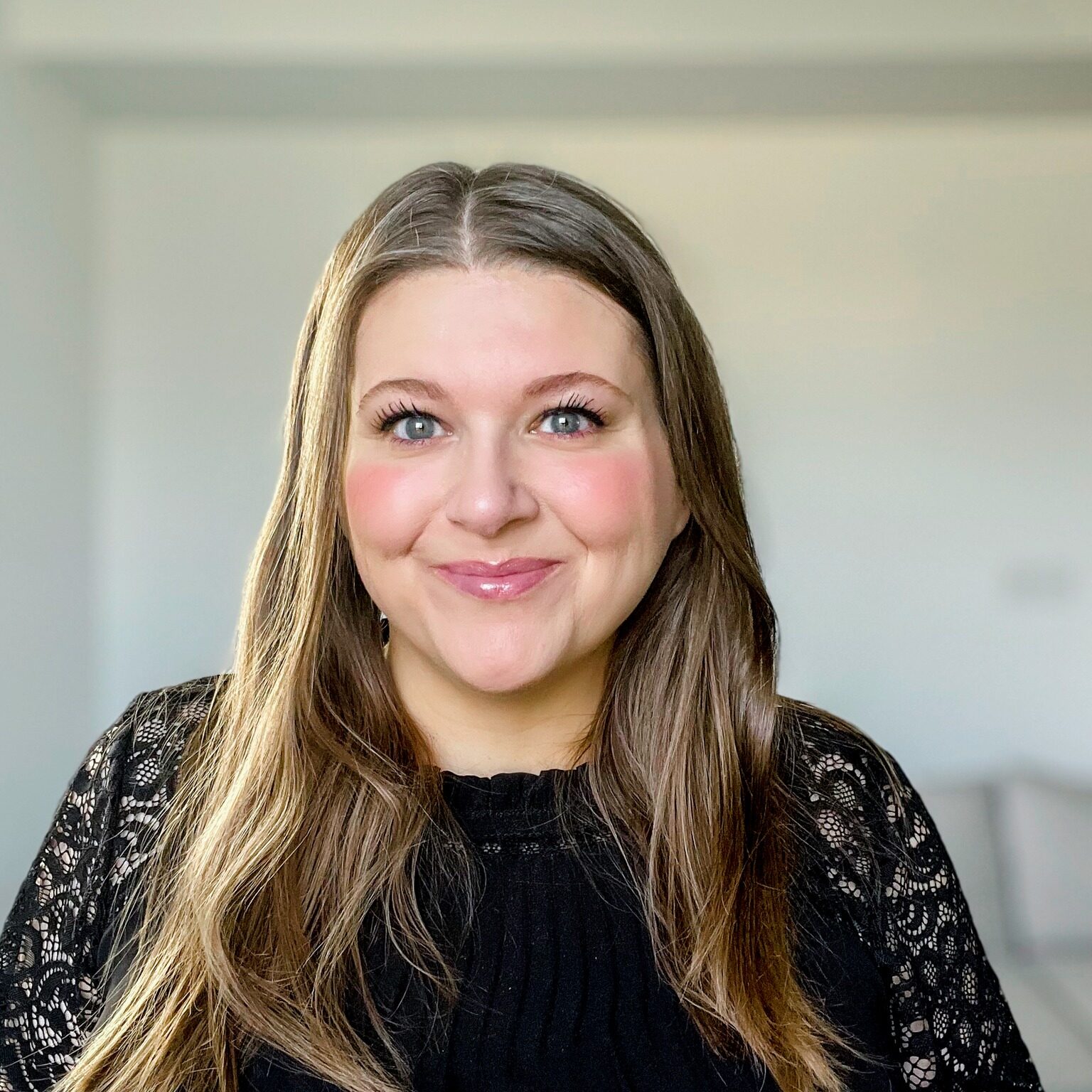Finding Flow: The Predictable Magic of the Creative Process
Find your magic in a predictable process that honors your full humanity and the creativity you wield.

Have you ever spent an embarrassing amount of time thinking about a problem—and then the solution just pops into your head one day while taking a shower?
Or, maybe you can relate to my copywriter friend who mentioned how she’s taking more time away from her work lately—and now when she shows up to write, she’s like “boop. done.”
Seemingly, her process went from spanning three weeks to three hours. And it feels so much easier.
Social scientists call this phenomenon “incubation”—when you’re presented with a problem, you start to gnaw on it, and then you walk away.
This is where the magic happens.
You’re working the problem, but you don’t even know you’re doing it.
Incubation is a legitimate phase in the creative process, alongside preparation, illumination, and implementation.
You creative devil, you.
For many of us, our definition of creativity is too narrow. If we start to look at every forward-moving act as a creative act, though, we might just have the chance to truly embrace how creative we really are.
We’re creating when we cook a meal, when we nurture our relationships, and when we solve tough problems. We create moments, atmospheres, connections. And we do it all day long.
Creativity is woven into us. So why do some of us feel creatively-paralyzed while some of us consistently produce innovative work?
I’ll tell you why—effective creatives understand that their work is only as good as the process that birthed it.
We imagine that “creative people” are just standing in the right place at the right time, in their swishy skirts and oversized dangly earrings, when lightning strikes and innovation is born. Yet, we feel like we have to work so hard.
Listen to the stories creatives tell. Anne Lamott writes “shitty first drafts.” Jay-Z painstakingly memorizes all of his rhymes before ever entering a studio. And Shonda Rhimes practices a deep pause, much like I do. When good stories come to her, she says, “you guard it, let it percolate, live inside you for a while.”
These practices reveal intentionality.
Artists have learned how to activate their own piece of creative magic by wielding consistent, repeatable rhythms to feed the creative process and give sparks room to turn ablaze.
So what does a good creative process look like? Let’s explore…
Phase 1: Preparation
First things first—the preparation phase is all about gathering information. Creative solutions don’t just appear out of thin air. They’re always a solution to a problem. And you kinda have to know what that problem is first.
When I work with a client, whether on a branding project or in the Fully Human Incubator, we spend significant time in this phase.
In fact, I won’t take on a project without fully engaging in a discovery period. It’s required.
Very often, through this phase, ideas of what’s needed and wanted shift and move with every chunk of clarity we unearth. A client might think they’re hiring me for one thing, and after doing this information-gathering work, it becomes really clear that we’re truly working towards something else.
Phase 2: Incubation
This is where you walk away for a bit and allow your mind to wander. It’s important here to be okay with introspection and allow ideas to flow, even while you’re not actively working on solutions.
In my creative process for branding projects, this literally looks like taking a day or two off in between the discovery phase and sketching or curating mood boards.
For creatives going through my incubator program, this is where they take time away from working on new business ideas and spend several weeks in an introspective cocoon, completing creative challenges that force them to look inward and uncover wonderful things they may have never seen before.
You can’t rush this. Creating is sacred work. And the incubation phase of the creative process might just be the most sacred of all.
Phase 3: Illumination
Illumination is the part of being creative that we’re all idealizing. It’s the swishy skirt dangly earrings lightening bolt moment we’ve all come to associate with creativity.
But look how far you have to go before you get to this point. This is step three, friend.
This part of the process is when I get emails from my incubator creatives that say “I had a huge, transformative breakthrough. We need to talk.”
It’s when you have to stop what you’re doing and start fleshing out logo concepts because you will literally burst if you can’t get it out of you.
You’re so filled up with creative energy that there’s only one thing you can do: create.
Phase 4: Implementation
Time to implement. The obvious creative work can start happening now.
For me, this is when a brand’s First Look document starts to take shape with several concepts to explore.
Or maybe it’s when you flesh out a product design and fulfillment plan. Or maybe you have an idea ready to validate with a minimum viable product (MVP) and it’s ready to go. Or maybe it’s a service offer you’re ready to pitch.
Most importantly, this part just flows—and it flows so easily that you will 100% think you didn’t work hard enough to create what you did.
But dearest, look back at this entire process and tell me you didn’t give this creation all of you.
Find your magic in a predictable process that honors your full humanity and the creativity you wield.
Most people who consider themselves “not creative” aren’t grasping one, or both, of these truths:
- Every forward-moving act is a creative act.
- Successful creatives live and die by a process.
What about you? Do you need to take a step towards one of these truths today?
Every time someone internalizes a more robust definition of creativity and leans into a creative process, they live into their full human potential.
You might also be interested in these articles:

Brand Strategist